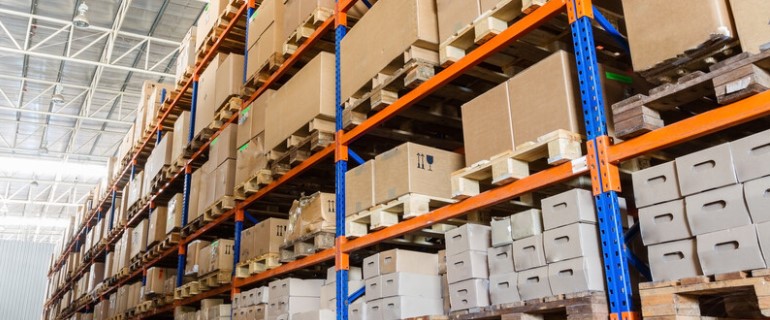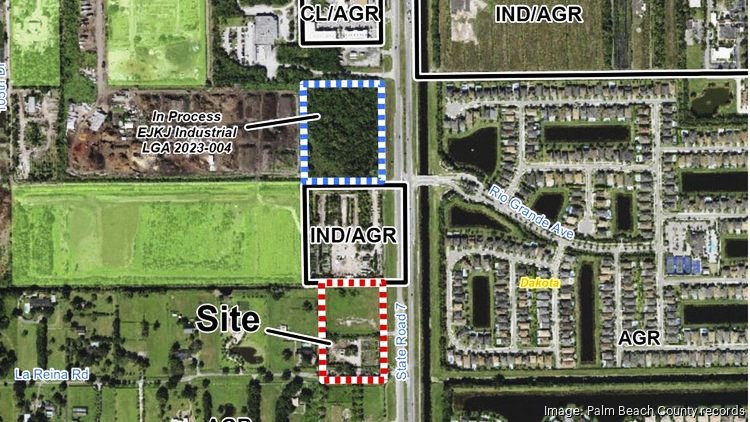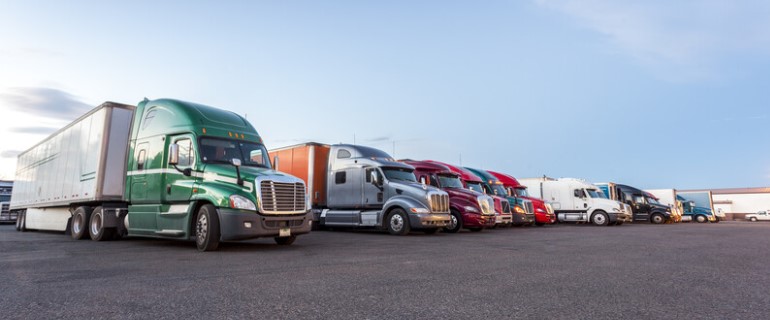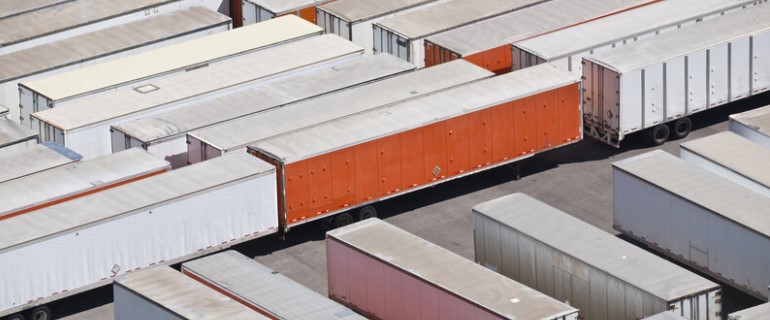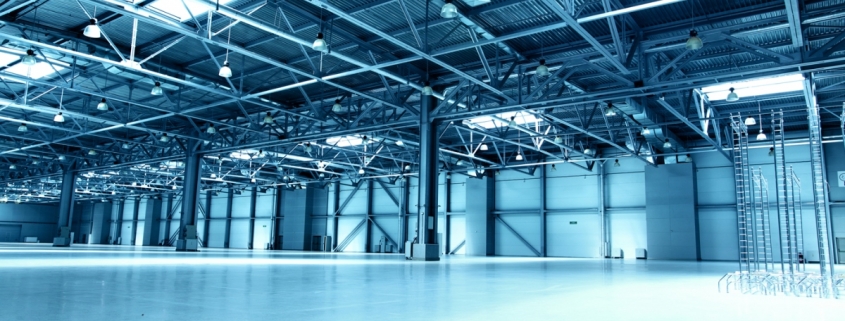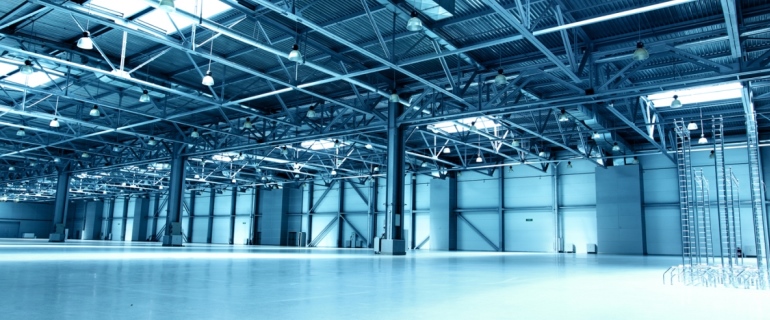Industrial became the belle of the commercial real estate ball after the pandemic supercharged e-commerce demand and led Amazon to accelerate its already-voracious warehouse expansion. But that party couldn’t last forever.
“That was a one-time event. That’s like laying down the railway tracks for the rest of time because you’re building an infrastructure for transportation to support your business,” Marc Wulfraat, president of supply chain and distribution consulting firm MWPVL International, told Bisnow, adding that Amazon’s infrastructure build-out is not yet completely over.
The biggest name in e-commerce last year began pulling back on distribution centers and has continued cutting costs this year, leading the industrial market to look elsewhere for its next biggest demand driver. Now, a new one is beginning to emerge that could change the shape of the industry.
Companies looking to reduce exposure to supply chain uncertainties and global conflict risks are increasingly looking to move manufacturing operations out of East Asia and return them to the United States or as nearby as possible, experts say, trends known as reshoring and nearshoring.
“Companies are now thinking of getting out of China and specifically coming to the U.S. as a form of insurance,” Reshoring Initiative founder Harry Moser said. “For decades, there were occasional hiccups in the supply chain, but basically, it went smoothly. Now there’s these … issues that have come up with the risk of something happening over Taiwan that could end shipments for five years or 10 years or who knows how long if there’s a war.”
U.S. manufacturing growth outpaced the rest of the world toward the end of 2022, according to Atlantic Council GeoEconomics Center data reported by Axios. The Reshoring Initiative, which tracks reshoring announcements and foreign direct investment, predicted repatriation and FDI representing a record 350,000 jobs in 2022, as of the release of its third-quarter data, the most recent available. Q3 reshoring and FDI rates were 15% better than the record Q1 2022 figures.
If the trend continues and the U.S. produces more of its own products, it could change the type of industrial space tenants require and the regions that see the greatest demand.
“There’ll be less need for distribution centers and more need for factories,” Moser said.
Helping drive reshoring and the creation of new manufacturing jobs in the U.S. are the billions of dollars the federal government has allocated for the production of semiconductors via the CHIPS Act. Multibillion-dollar investments in electric vehicle battery manufacturing and assembly facilities from automakers like Honda and Ford add momentum to the notion that manufacturing could take a bigger share of industrial availability.
“This phenomenon of bringing manufacturing back to the United States or setting up manufacturing in the United States is something that has started, and we think it’s going to continue, and it’s only going to continue to get bigger and bigger as time goes by,” Plymouth Industrial REIT CEO Jeff Witherell said.
That doesn’t mean industrial space for e-commerce users isn’t at a premium or Amazon is going away. The Chicago market remains near its all-time-low vacancy rate, and Amazon early last year signed its biggest U.S. lease for 4.1M SF in Southern California’s Inland Empire, a market JLL and Cushman & Wakefield both pegged at 1% vacancy as of Q4. But the Inland Empire, probably the hottest industrial market due to its proximity to the Ports of Los Angeles and Long Beach, isn’t set to benefit as much from reshoring and nearshoring as other parts of the country, nor are other population centers in the Northeast.
Boston-based Plymouth Industrial REIT is betting on a more centrally located swath of the country known as the Golden Triangle, which Chief Investment Officer Pen White defined on the REIT’s Q3 earnings call as extending from the Great Lakes to Texas, Texas to Florida and Florida back up to Chicago.
“We believe that the majority of reshoring and onshoring is going to take place in this triangle,” Witherell said.
He said it isn’t the only attractive place for industrial development and investment. But during the company’s Q4 earnings call last month, he said 90% of Plymouth’s properties are in Golden Triangle markets, a sentiment he reiterated to Bisnow in an interview last week.
Some skepticism remains around the notion that reshoring will be a significant demand driver, at least in the long run. There are the problems of a lack of industrial availability and a general sense that the U.S. labor force isn’t interested in manufacturing work.
“You have to take a look at the American worker, and … virtually every person I talk to can’t find employees,” said Hugh Williams, an industrial brokerage veteran and principal at MK Asset Management. “So if you’d rather be an Uber driver than work in a warehouse — I mean, people talk about this onshoring and nearshoring all the time, but you’ve got to get people to work.”
Williams said he expects port cities and lower-cost markets in the Southeast that can service higher-cost markets in the Northeast to continue to dominate, but reshoring could be transitory.
“As soon as people feel like disruptions in the supply chain have smoothed out and that it’s gonna cost them 8 cents less to build a chip elsewhere, you know what’s gonna happen,” Williams said.
But reshoring isn’t the only phenomenon that has the potential to spur a new wave of industrial demand. A vast transportation network of ports, railroads and interstates also sets up the South, Southeast and Midwest to benefit from nearshoring — the process of moving manufacturing operations from farther away, mainly East Asia, to North America, most often Mexico.
“Manufacturers of bulkier, higher-cost products have already embraced nearshoring,” Wulfraat said. “You don’t want to have to produce a fridge or a stove in China and ship it 25,000 miles to North America. The cost of shipping that is so high, those companies long ago migrated all of their production activity to Mexico, and then they bring it up through the main border crossings of Mexico like Laredo and Dallas. What’s happening as you go down the echelon of product types, more and more companies that have intermediate-sized products are starting to migrate their production closer to home, away from China.”
That has investors looking at distribution space between the border crossings and population centers.
“If you just look at what’s going on in the border towns in Mexico, there’s been a lot of products put up on the ground there where very little existed before, which indicates there is manufacturing going on in Mexico,” said Alfredo Gutierrez, president of Houston-based industrial investor SparrowHawk.
Gutierrez said reshoring and nearshoring, accelerated by the pandemic, have him more bullish on the Midwest and cities that have traditionally been manufacturing markets, like Detroit. States that have prioritized EV battery manufacturing include Georgia, Kentucky and Michigan, CNBC reported in January, bolstering optimism about their manufacturing potential.
Demand isn’t the only reason a tenant portfolio that includes manufacturers is attractive to investors.
“Manufacturers are traditionally “willing to go higher on rents, and they’re willing to go higher on labor than third-party logistics providers,” Gutierrez said.
“Such a dynamic should help entice owners and developers to cater to manufacturers’ needs,” Moser said. “One thing that I’m recommending to people is when you build a distribution center now, think about how to design it so that when it gets converted to a manufacturing facility, it will retain most of its value.”
Source: Bisnow


